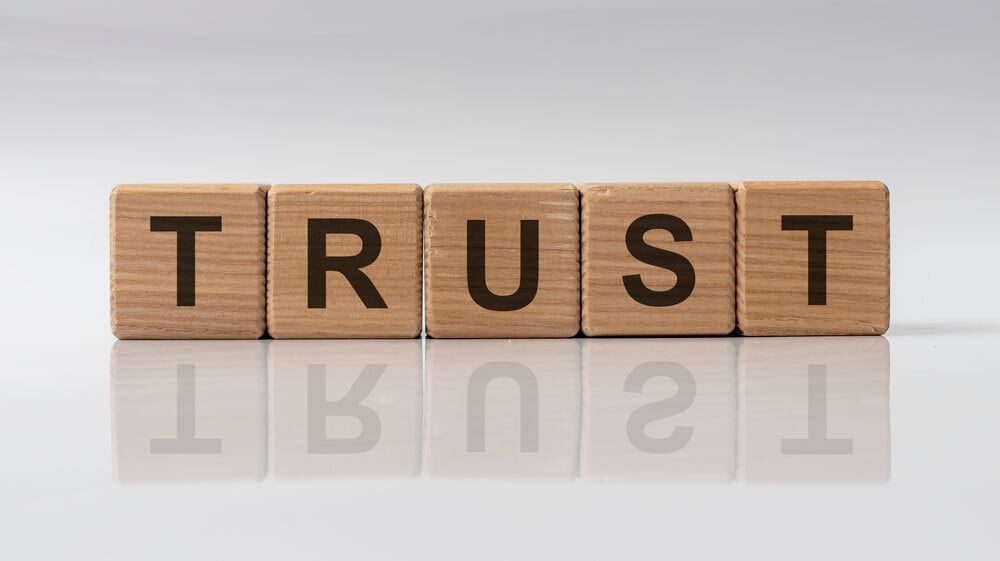We live at a time when humanity is steadily moving away from riskier forms of self-sufficiency to safer and more productive forms of mutual interdependence. Consequently, the future of ERM will be concerned with building enterprise-wide approaches to pursuing opportunities and managing threats. Such approaches require that ERM adapt to becoming a tool that can be used to help organizations build high trust cultures.
In 1757, Edward Jenner, an eight year old boy living in England underwent smallpox inoculation. At the time of Jenner’s inoculation, folklore was starting to spread throughout the English countryside that milkmaids did not need to undergo smallpox inoculation if they had previously contracted the cowpox virus. The cowpox virus was similar to but a much milder than smallpox disease and it was often observed in milkmaids who had touched the udders of cowpox-infected cattle and subsequently developed smallpox-like pustules on their hands.
In 1796, Jenner, now a physician and trained in the scientific method of data collection and peer review, decided to test this emerging theory among farmers and country physicians working in the dairy counties of England that smallpox immunity could be achieved by taking material from cowpox sores and inoculating people. Jenner named the process vaccination which is derived from the Latin adjective vaccinus meaning of or from the cow. Over the next five years, he conducted a number of experiments designed to prove that once vaccinated with the cowpox virus, a person developed antibodies that made them immune to the smallpox (aka the variola virus). In 1801, Jenner published a treatise summarizing his work to develop the field of vaccination and expressing hope that “the annihilation of the smallpox, the most dreadful scourge of the human species, must be the final result of this practice.” (See discussion of “Early Control Efforts” at the CDC’s Website)
Medical historians have established that Jenner was not the first to substitute cowpox (in lieu of smallpox) for use as the inoculum. In fact, Benjamin Jesty, a dairy farmer from Dorset, England, is now believed to have carried out the same process used by Jenner on his wife and two children in 1774, 22 years before Jenner began his campaign to develop the field of vaccination. Unlike Jenner who was a trained physician, Jesty did not have the means to formally publish news of his vaccination efforts and like Jenner, he too was met with scorn and skepticism from his contemporaries, especially the clergy who claimed it was ungodly to inoculate people with material from a diseased animal. In fact, people who had been vaccinated were often depicted by cartoonists as sprouting the heads of cows.
Looking through the lens of history, both Jesty and Jenner, and unknown others, deserve credit for taking risk to fight smallpox. Jenner, in particular, is deserving of recognition because he was the first person to confer scientific status on the procedure of vaccination and to make it a field of scientific research and development. A key point in Jenner’s work was his emphasis that a weakened strain of cowpox be used as this would lead to later scientific recognition that using weaker, related microorganisms is important to vaccine development.
Additionally, Jenner was relentless in sharing his research which caused other physicians to do the same. For example, news of Jenner’s work was passed to Benjamin Waterhouse, an American physician and co-founder of Harvard Medical School who, in turn, helped Thomas Jefferson set up successful vaccine trials conducted at Jefferson’s plantation in Monticello, Virginia. In short, history remembers Edward Jenner because he made it possible to change the way the medical profession treated infectious disease and for the general public to begin to trust the use of vaccines.
The story of smallpox eradication has another lesson which is that medicine has played a surprisingly small role in the decline of infectious disease. In one of the first well-documented books on COVID-19, Apollo’s Arrow, The Profound and Enduring Impact of Coronavirus On the Way We Live (2020), Nicholas Christakis summarizes decades-old research (the McKeown hypothesis) that shows whether it was measles, scarlet fever, tuberculosis, or typhoid, pharmaceutical interventions (i.e., modern medicine) was not the primary force that caused the decline of infectious disease. Instead, non-pharmaceutical interventions or put more simply, individual and collective actions that are encouraged and promoted by trusted leaders, have much greater impact. In other words, leadership that encourages individual actions like washing hands and wearing masks and promotes collective actions such as testing, banning large gatherings, and social distancing ultimately matter more in preventing the loss of life.
It all comes back to leaders who are trusted. One of the most respected governmental leaders in recent U.S. history, George P. Schultz wrote this on the eve of his 100th birthday:
Trust is fundamental, reciprocal and ideally, pervasive. If it is present, anything is possible. If it is absent, nothing is possible. The best leaders trust their followers with the truth, and you know what happens as a result? Their followers trust them back. With that bond, they can do big, hard things together, changing the world for the better. (George P. Schultz, Former U.S. Secretary of Labor, Treasury, and State, The 10 Most Important Things I’ve Learned About Trust Over My 100 Years, Washington Post, December 11, 2020.)
We will continue to explore the relationship between trusted leadership and risk management in the next section.


 RSS Feed
RSS Feed